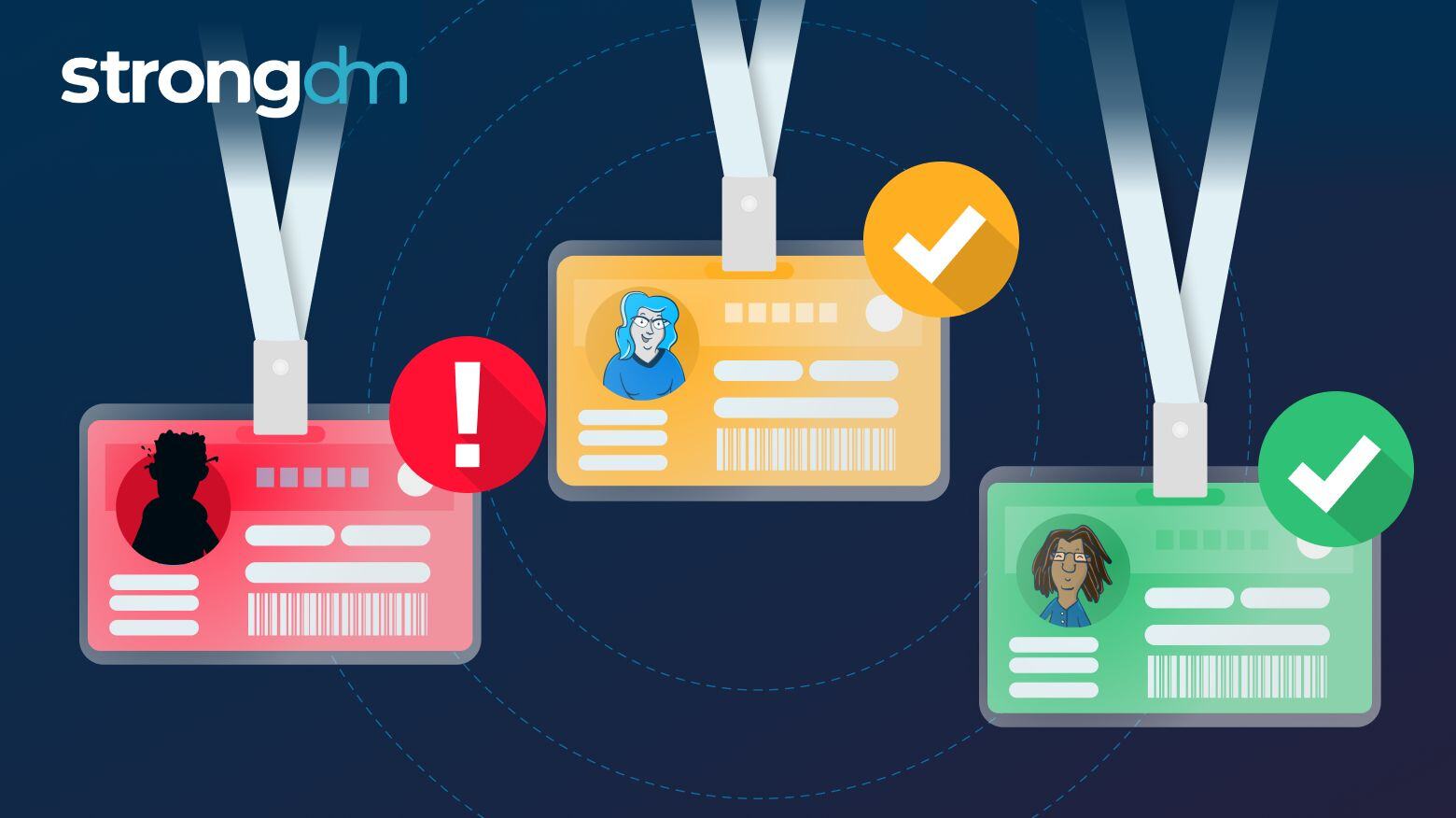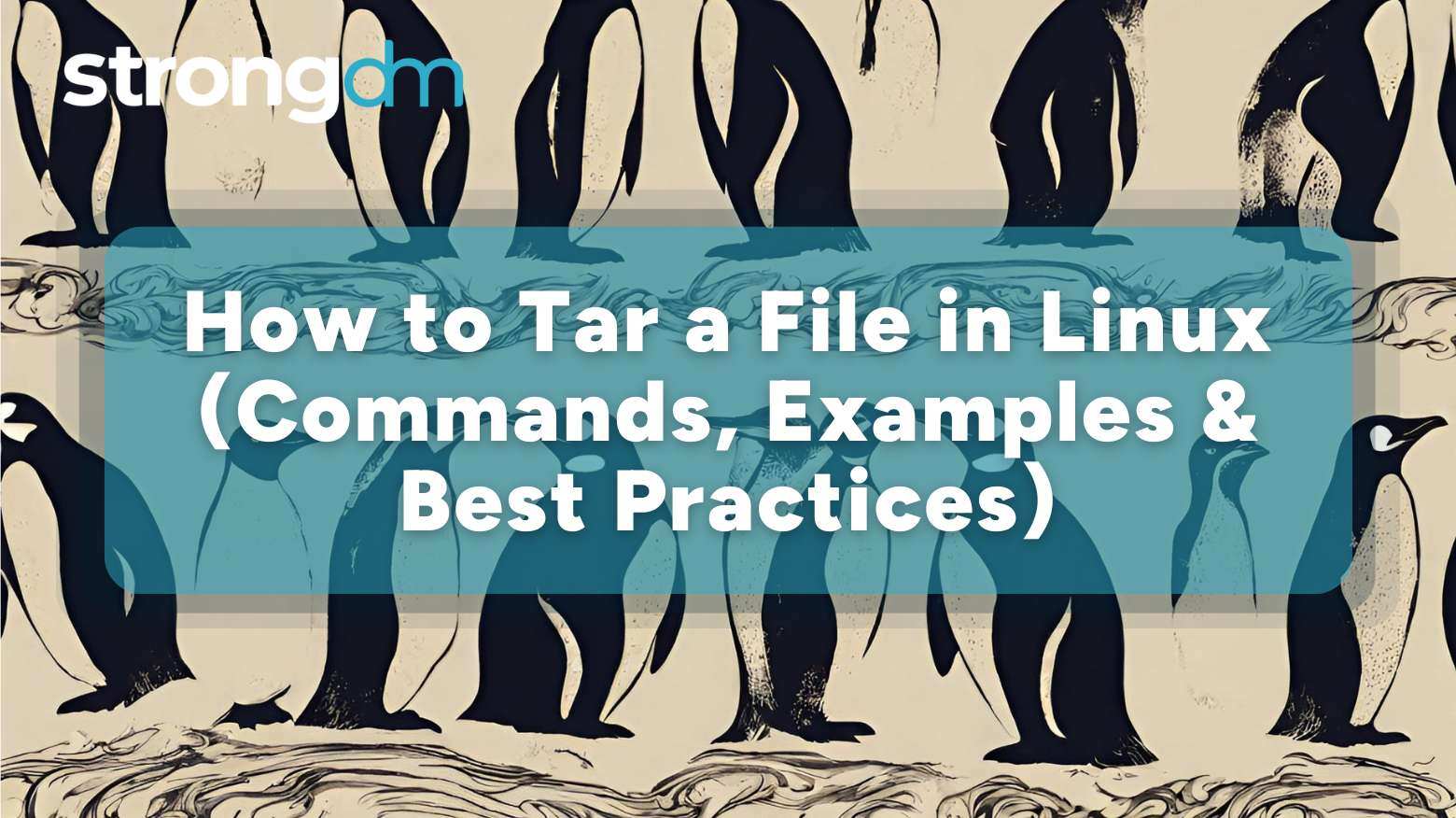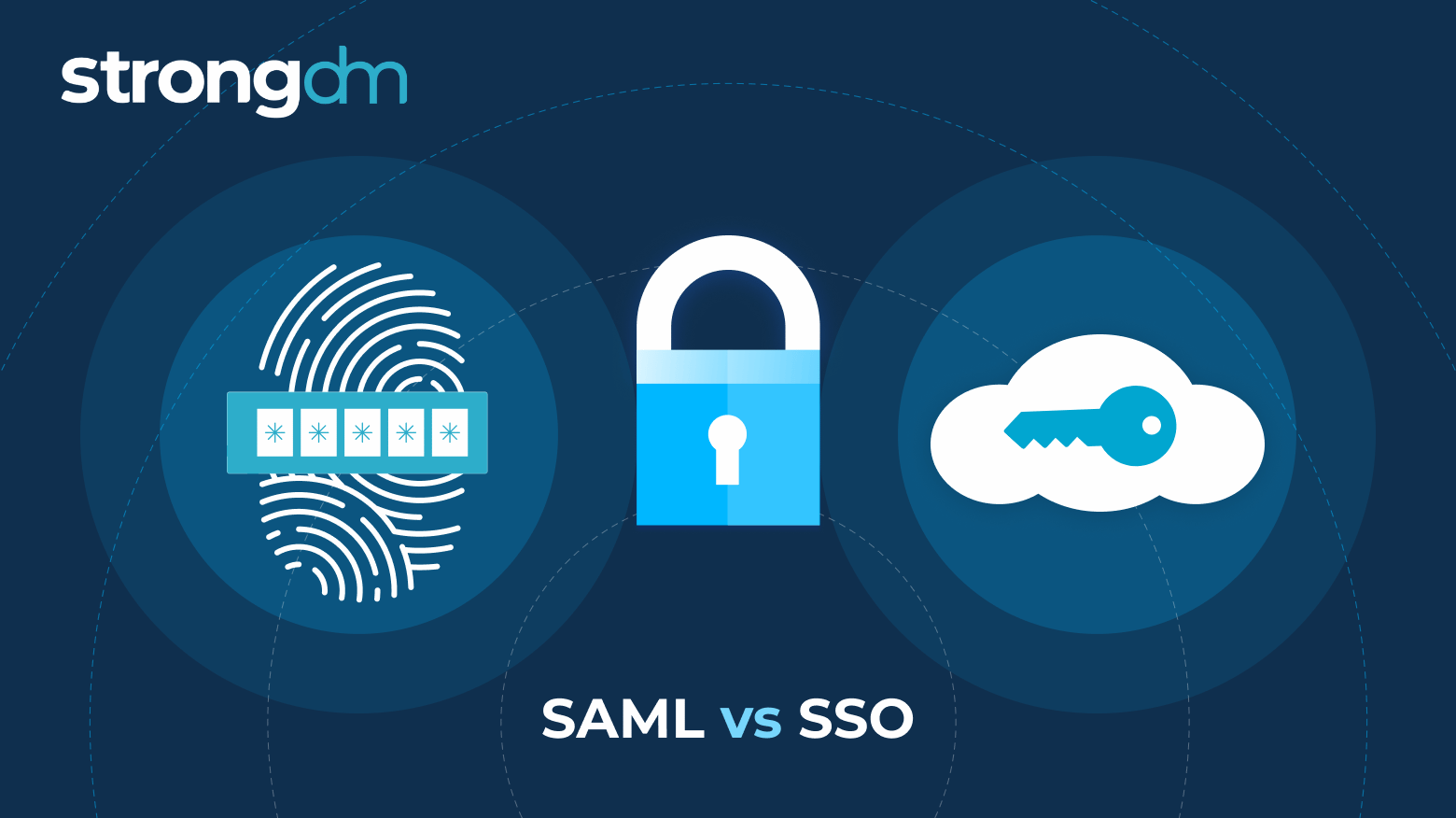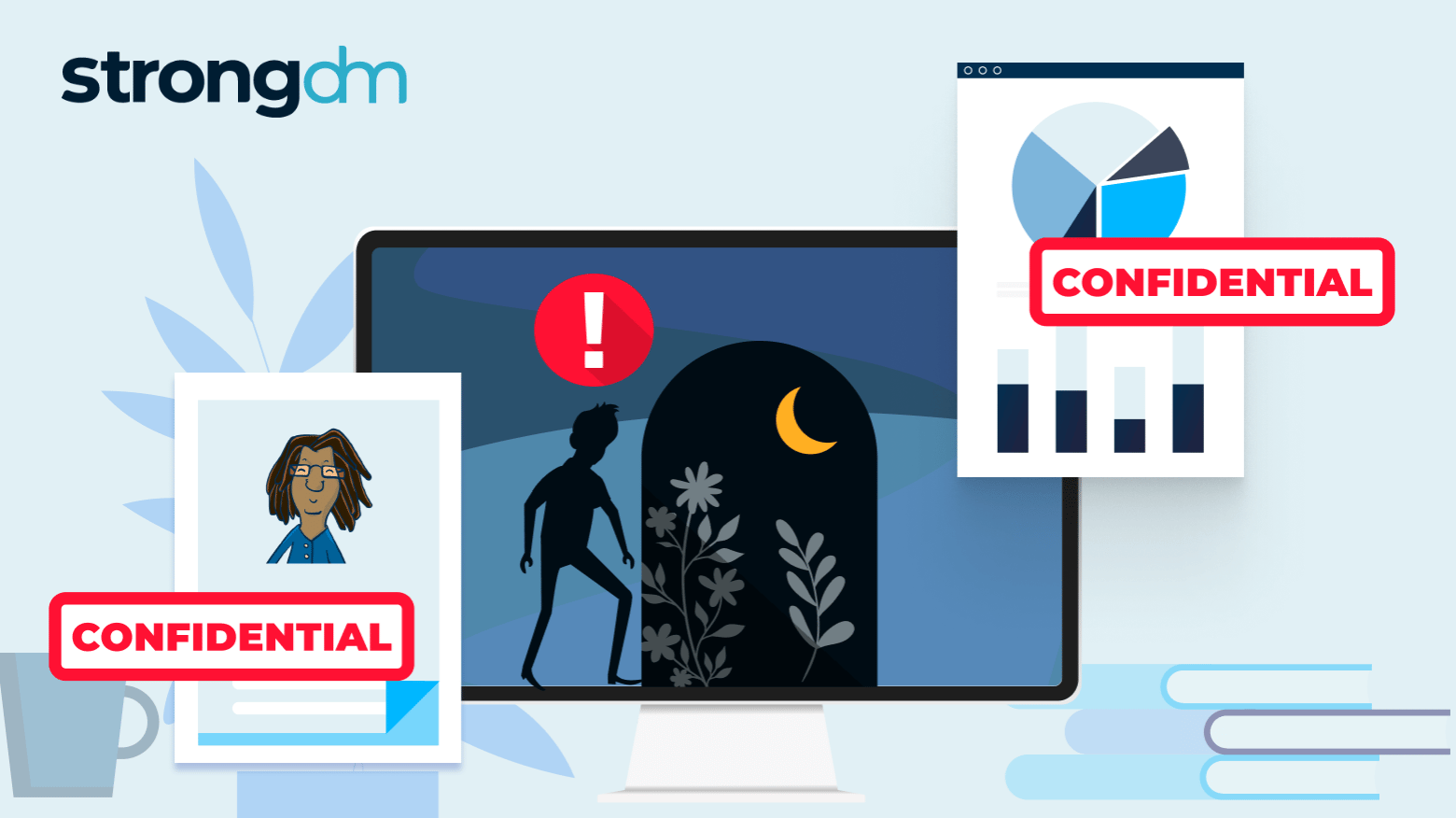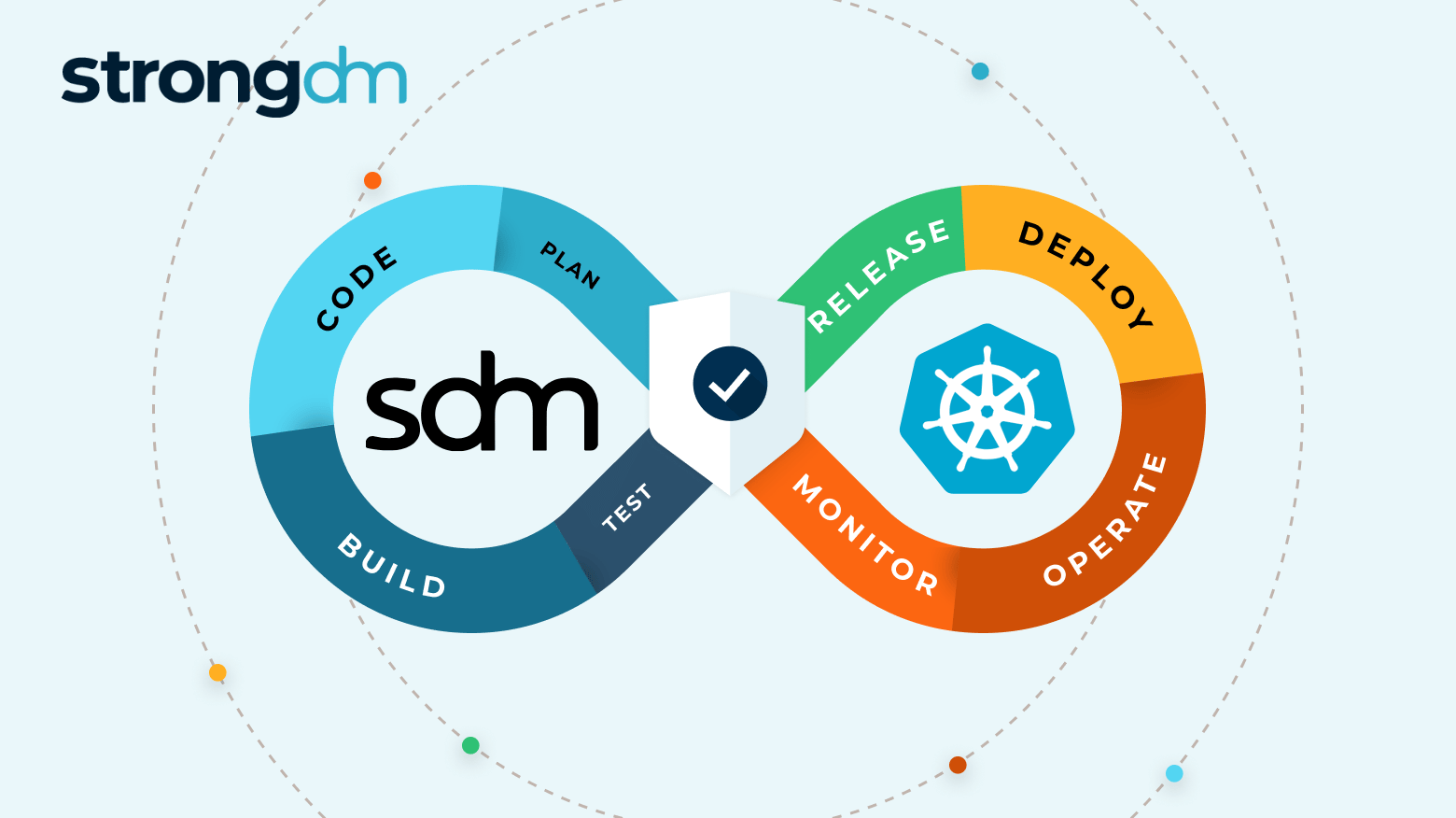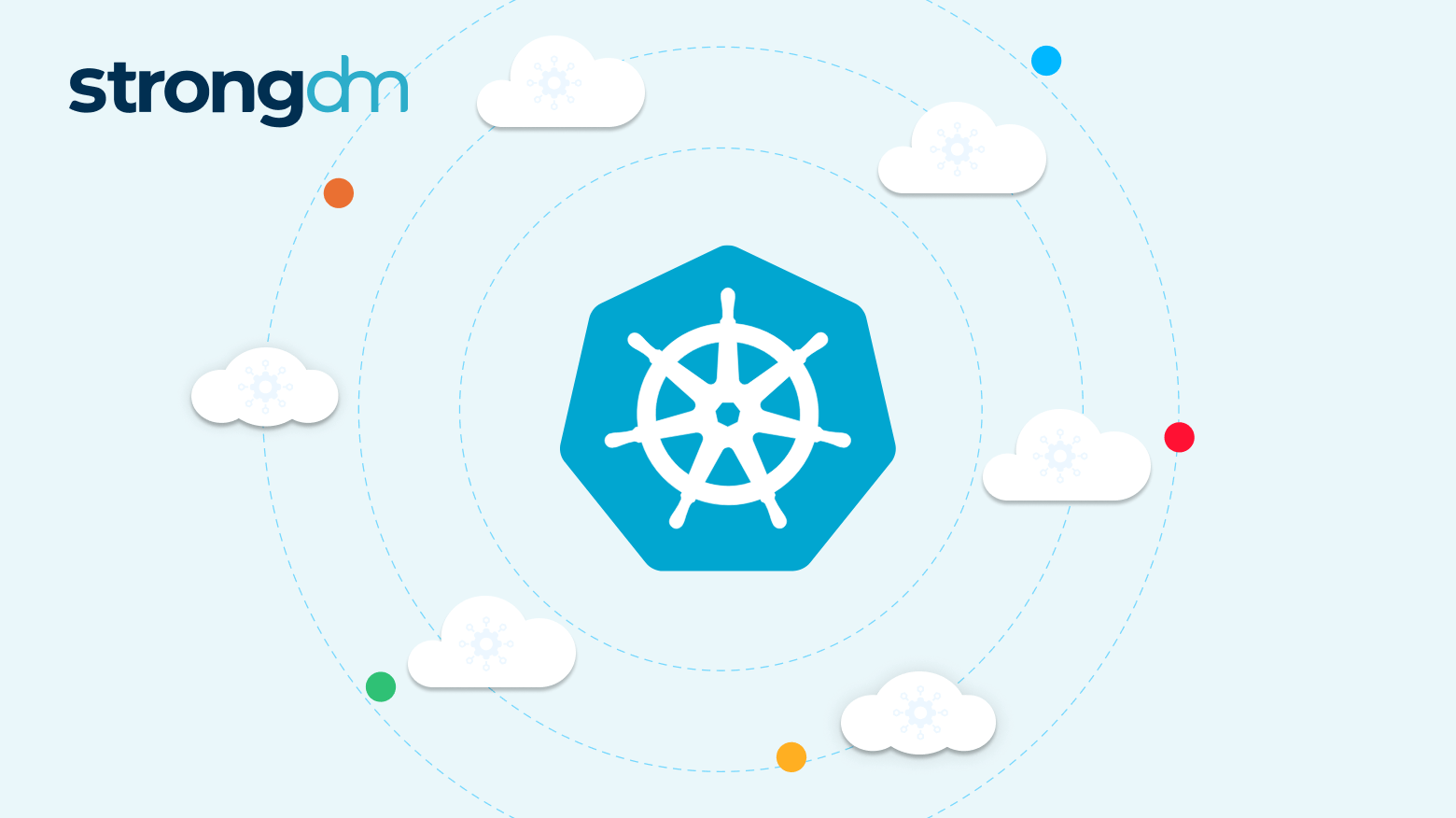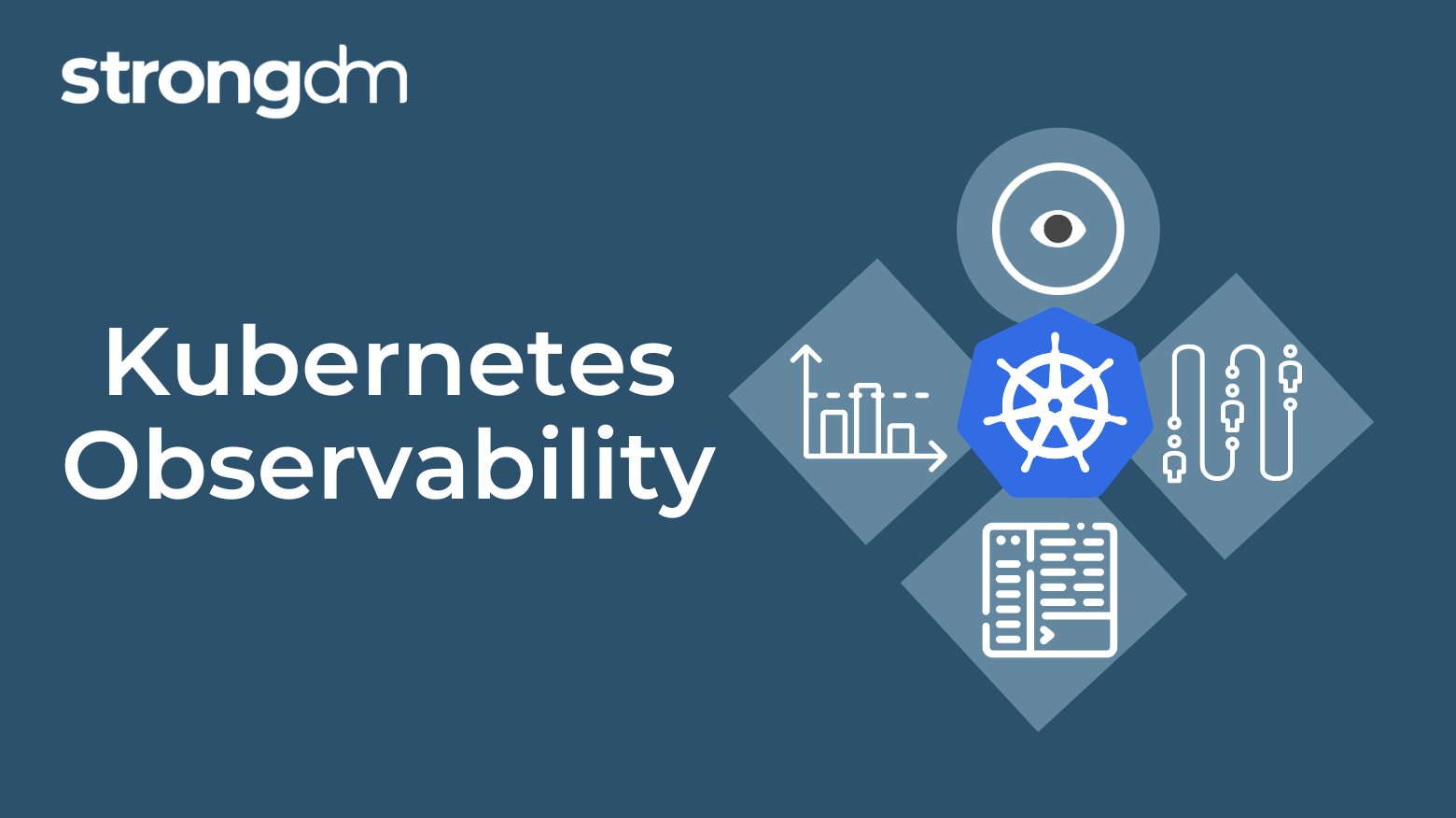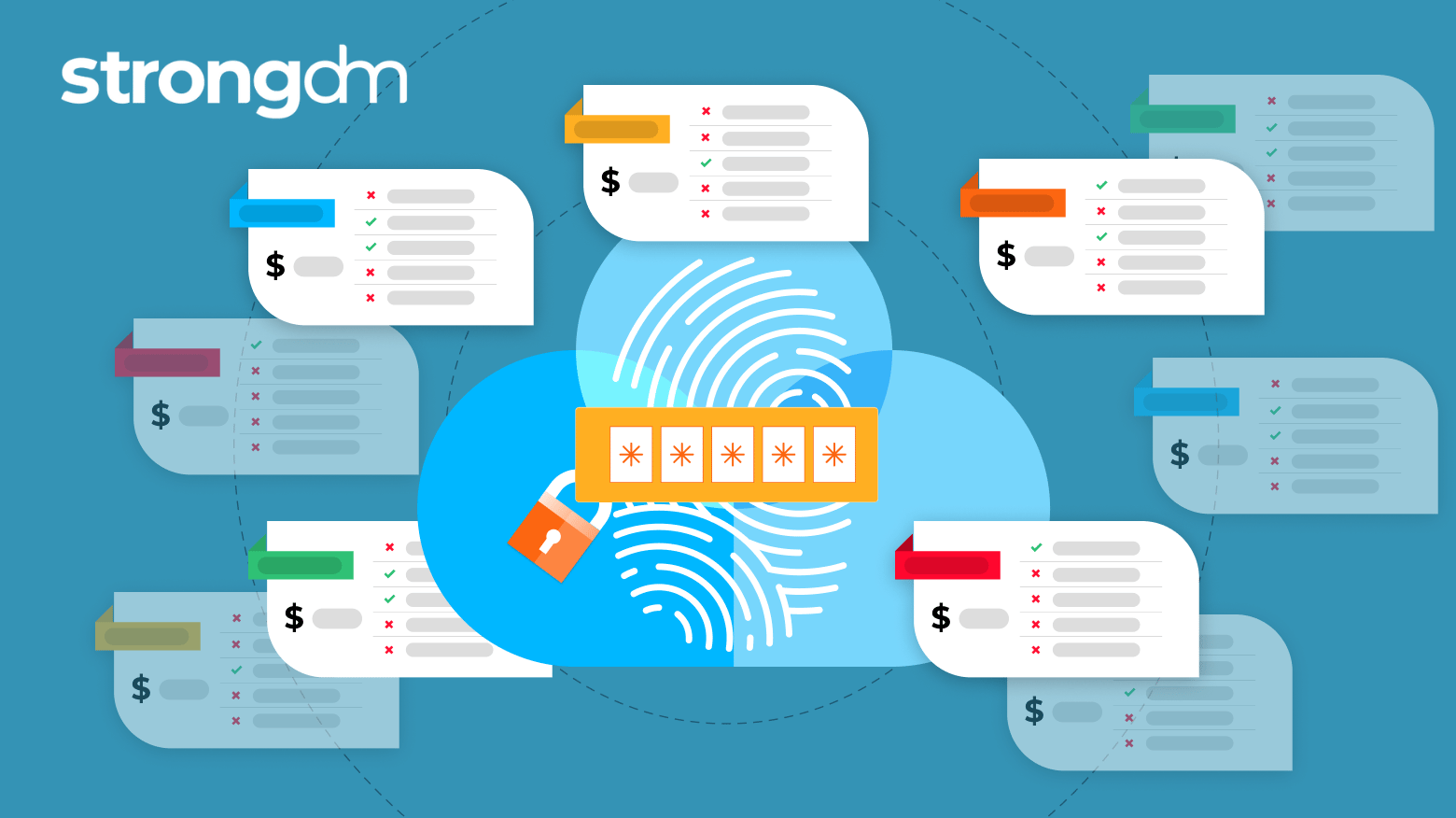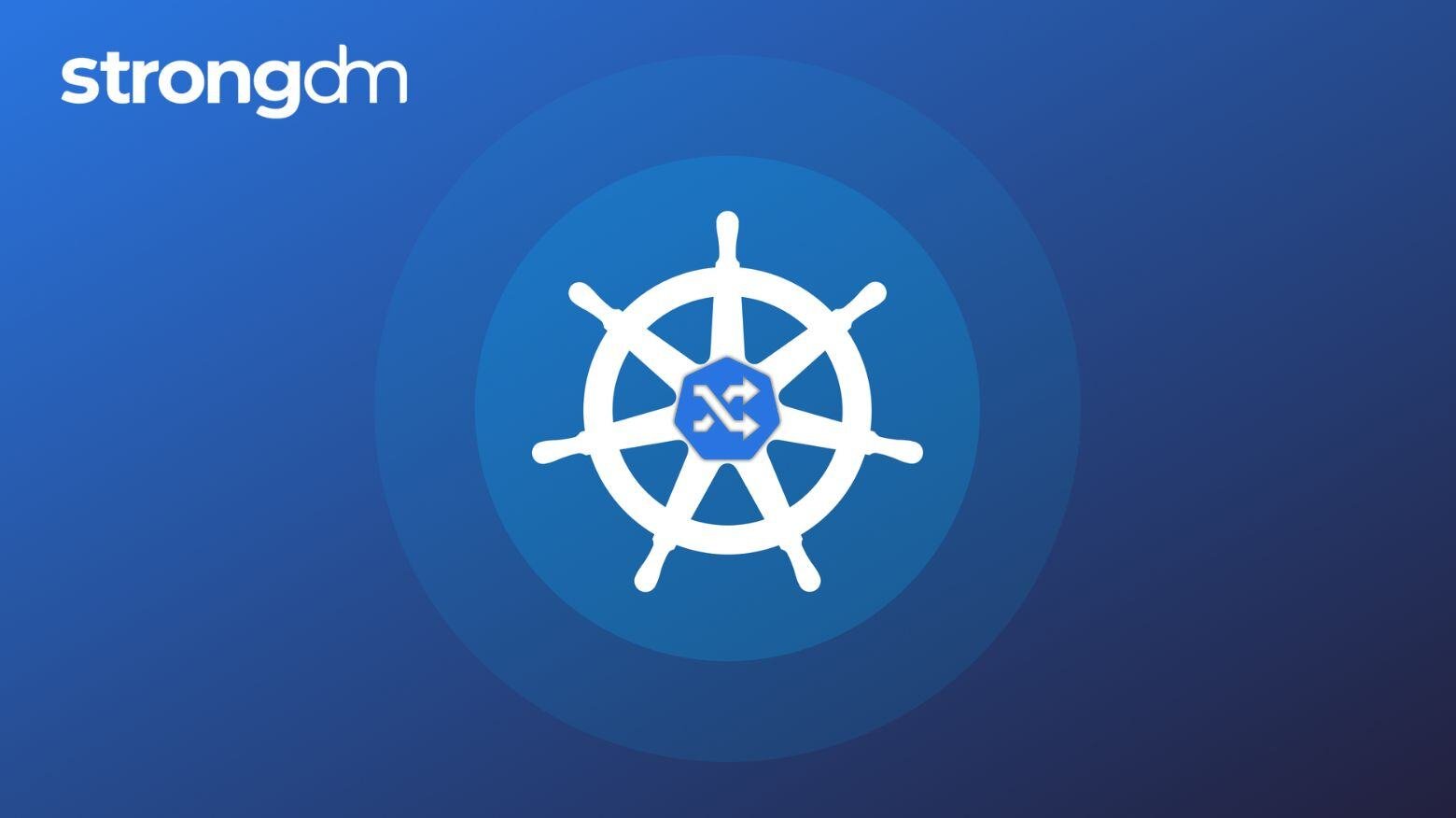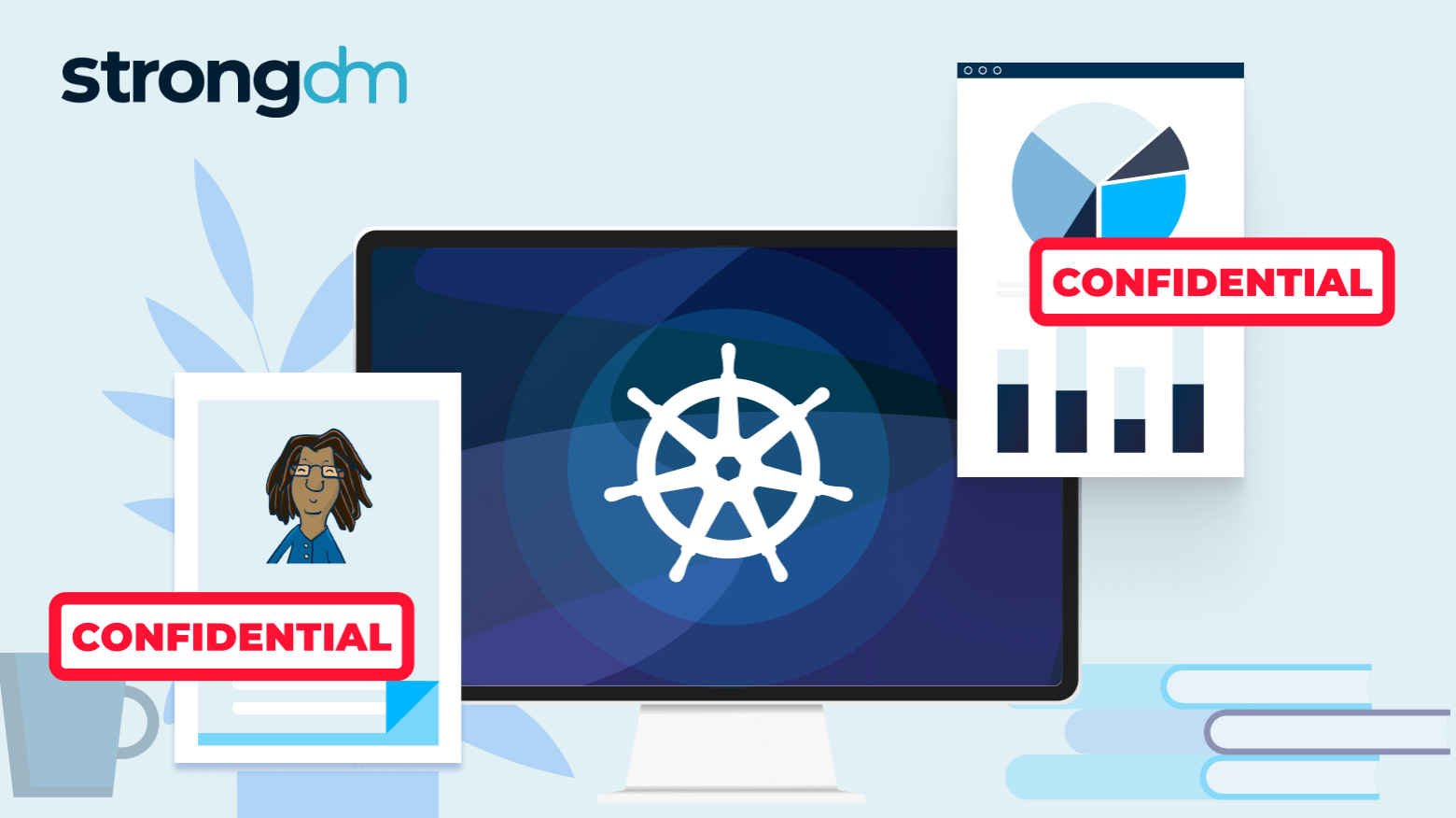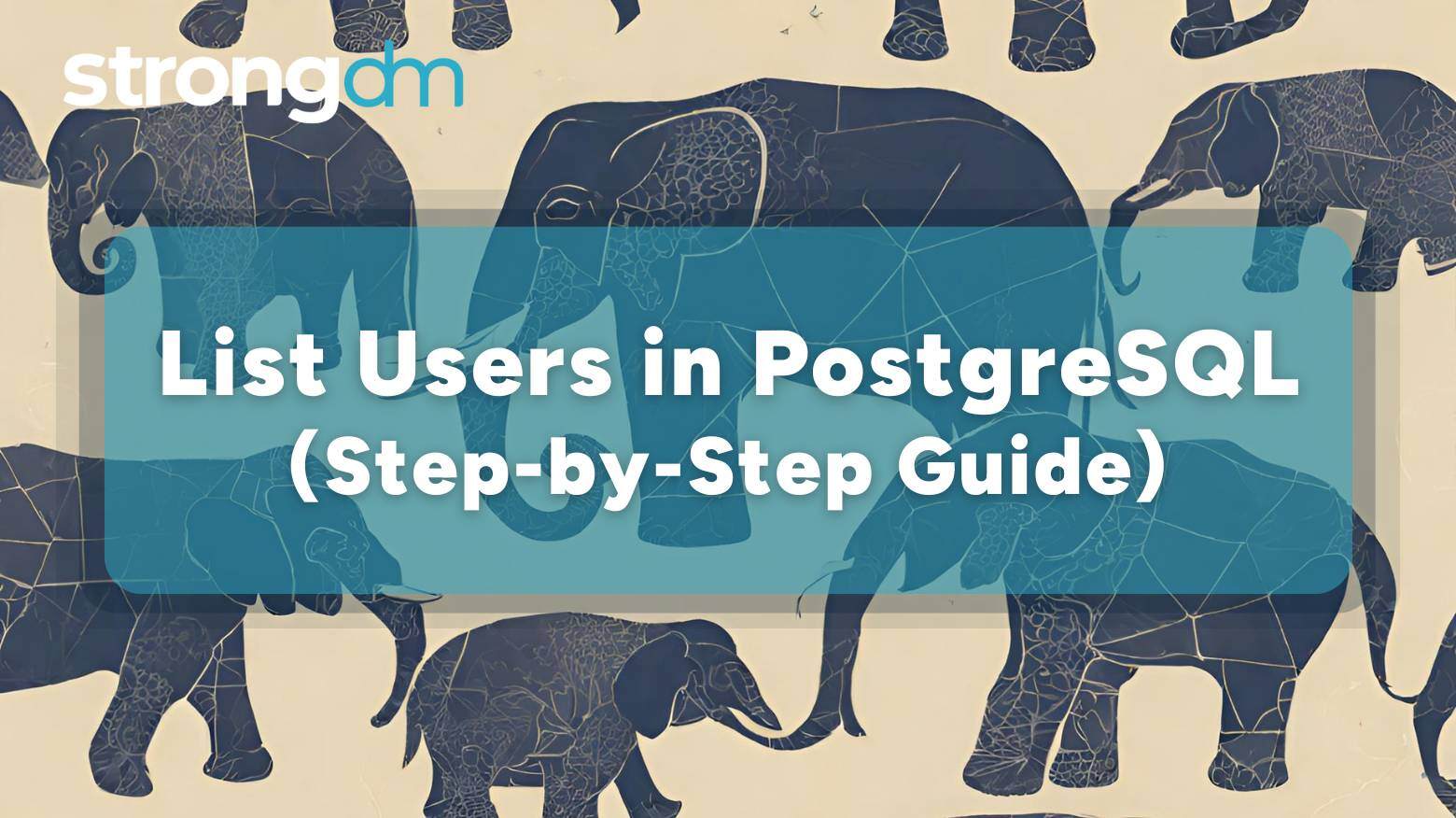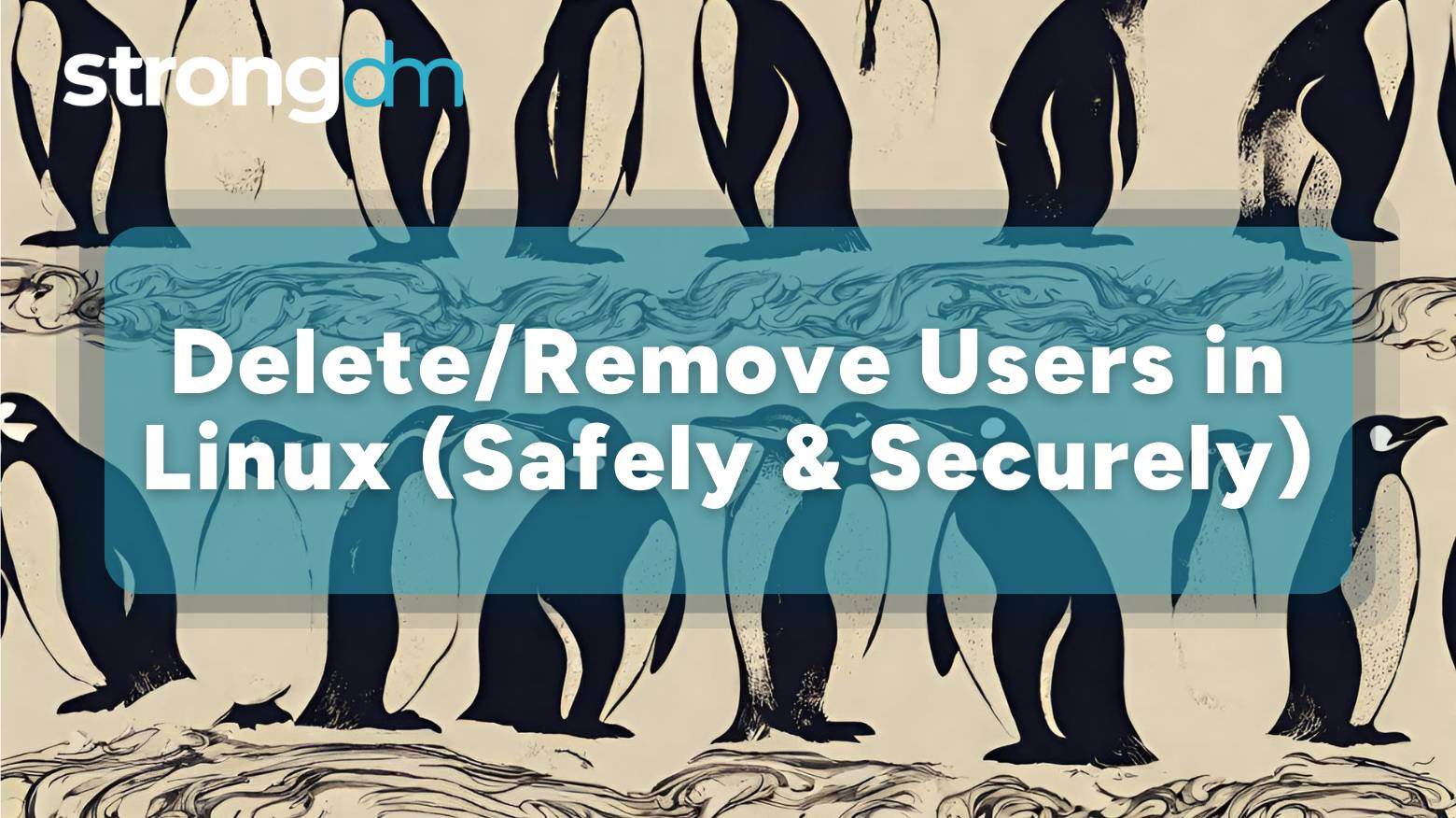As teams grow and roles shift, it’s easy for permissions to get out of sync. That’s where user access reviews come in—they ensure every employee, vendor, or service account has exactly the access they need, and nothing more.Regular reviews reduce risk, prevent privilege creep, and help meet compliance requirements like SOX, ISO 27001, and HIPAA. But manual reviews? They’re slow, messy, and often incomplete.This guide breaks down the essentials of access reviews—what they are, why they matter,
